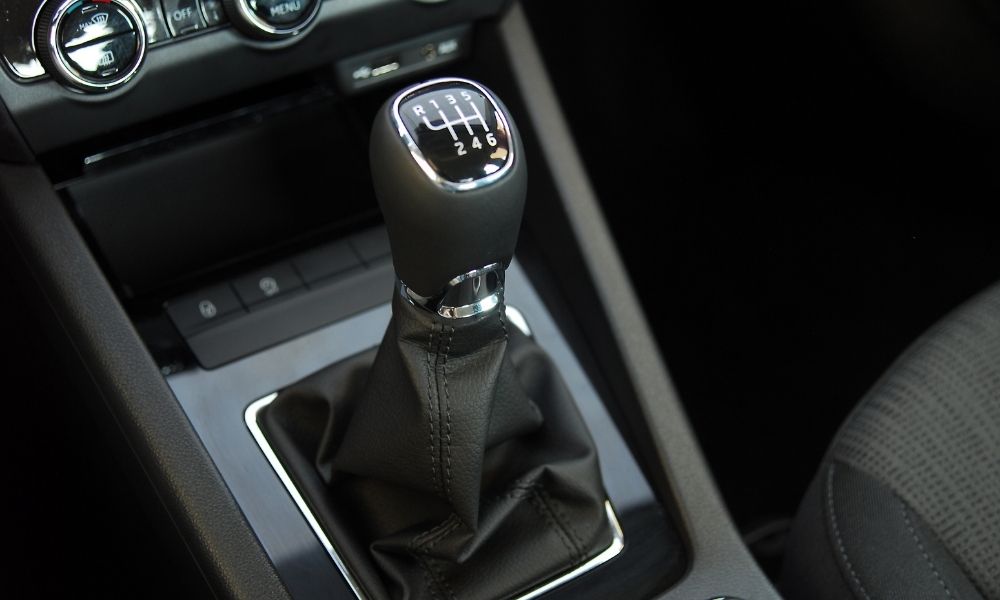A History of Manual Vehicle Transmissions
The automobile transmission is a vital piece of machinery that can take your engine's mechanical energy and apply it to various gear speeds for specific rotational force. While there are dozens of pieces and parts that make up an engine, few are as vital as the transmission. The car is an invention that changed the world, so each step forward in its production quality added to the epic saga of transportation development. There is so much to know about the past of automobiles, so why not start with one of the earliest advancements—the manual transmission, which still holds its water 130 years later. Here is a history of manual vehicle transmissions.
The Start of Automobile Production
Automobiles define transportation worldwide, but they were not always the gold standard for travel. Before there was an engine in almost every garage, there were horse-drawn carriages and bicycles. The beginning of automobile production changed the landscape of travel and built an entirely new industry that boasts a cumulative value of over two trillion dollars.
The First Cars in History
The first cars appeared on the scene around 1886 when Carl Benz patented his gas-powered vehicle. You may recognize him from the now-famous Mercedes-Benz brand—the person who serves as this company's namesake actually crafted the first operational automobile. As the years progressed, the industry exploded in innovation and manufacturing, ultimately becoming the incredibly vast automotive sector we know today.
Before the Manual Transmission
The manual transmission predates the automatic transmission, as the automatic has more sophisticated sensors and machination. However, there were transmissions that predated even the manual transmission. The manufacturers of history designed the first cars with what people called a rear-engine setup. This design only allowed for a single-speed transmission. This means it did not need gear changes, and thus there were no


